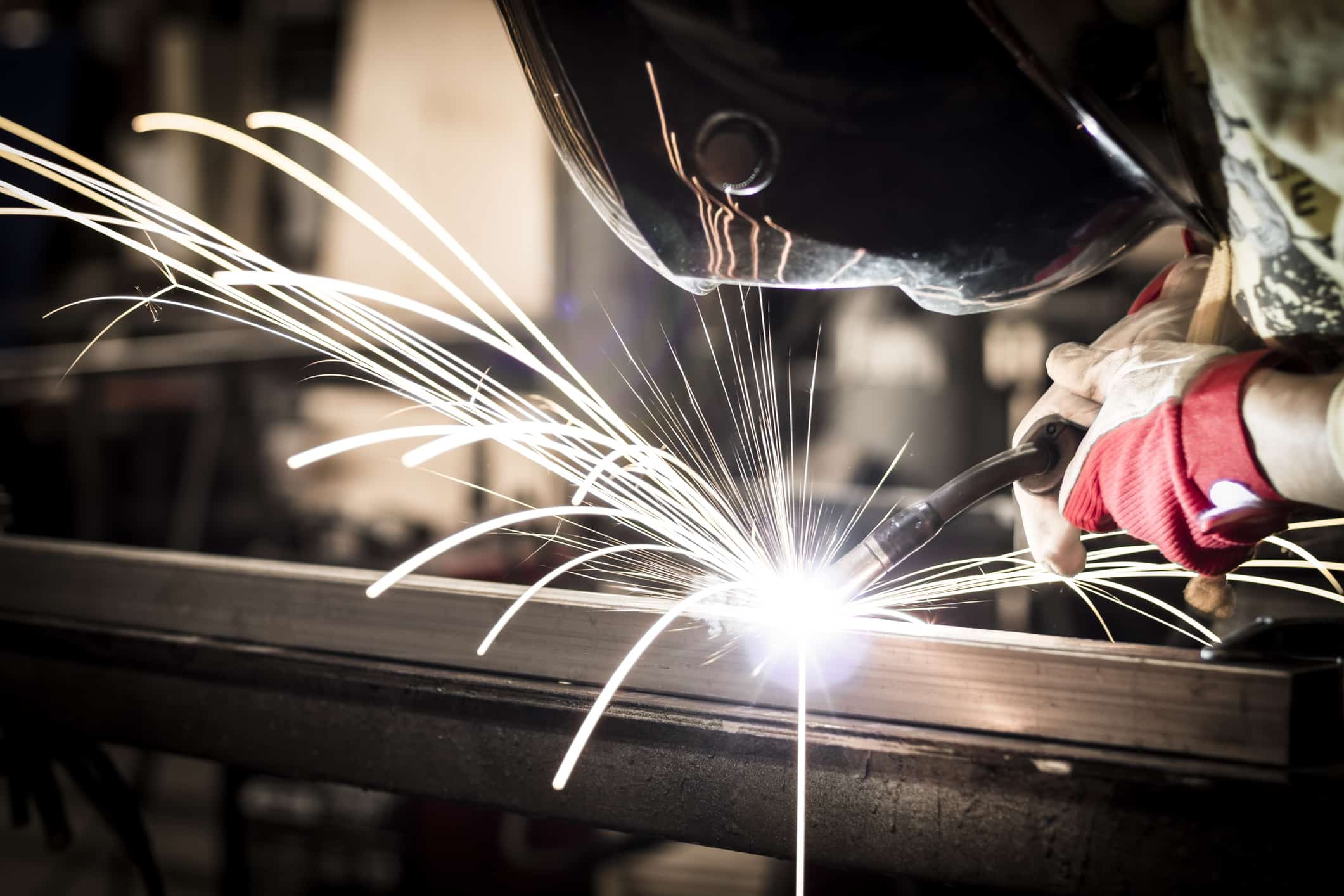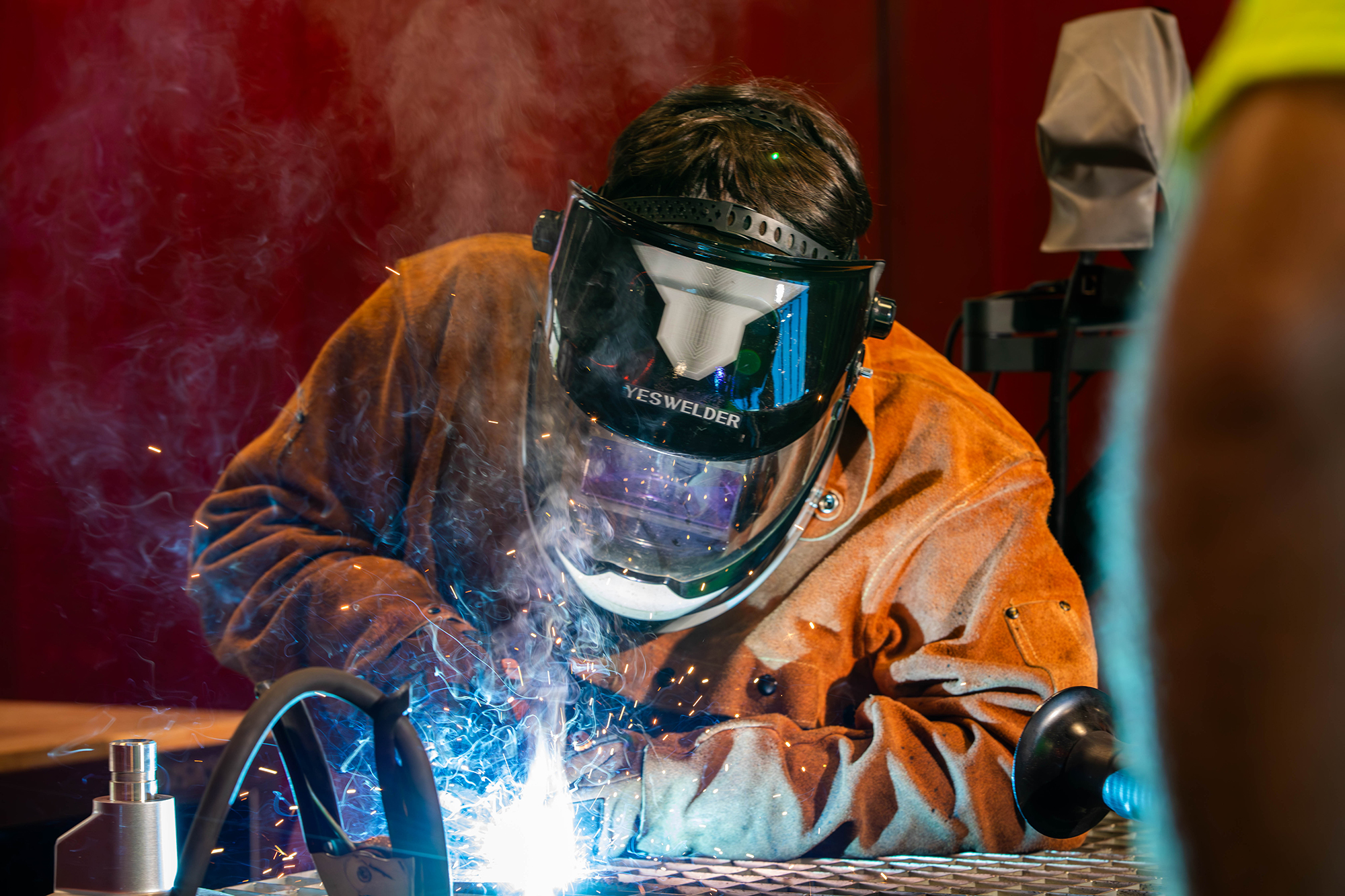Signs of weld failure and what Belgrade can do about them
Usual Welding Fixing Issues and How to Address Them Properly
Welding fixings usually run into a variety of issues that can jeopardize the honesty of the final item. Typical troubles include insufficient penetration, porosity, and imbalance, to name a few. Each defect provides special obstacles that require certain approaches for resolution. Understanding these concerns is necessary for welders intending to improve their abilities and results. This conversation will explore these common welding repair service concerns and reliable approaches to resolve them.
Poor Infiltration
Insufficient infiltration takes place when the weld metal fails to fully fuse with the base product, resulting in weak joints and possible structural failures. This issue typically comes from inadequate heat input, inaccurate electrode angle, or inappropriate welding rate. Welders might come across poor penetration due to a mistake of the essential criteria for a details product thickness or type. Furthermore, contamination on the base material's surface can hinder reliable bonding, aggravating the trouble. To attend to inadequate infiltration, welders should assure appropriate settings on their equipment and keep a clean job surface. Routine inspection of welds is recommended to identify any kind of shortages early, enabling timely modifications and the prevention of endangered structural stability in welded settings up.
Porosity
Porosity is a typical flaw in welded joints that manifests as tiny gas bubbles trapped within the weld metal. This issue can endanger the integrity of the weld, resulting in reduced toughness and prospective failure under anxiety. Montana Mobile Welding and Repair Belgrade. Porosity normally emerges from contamination, dampness, or inappropriate welding strategies, which enable gases to leave right into the liquified weld swimming pool. To address porosity, welders need to guarantee appropriate surface prep work, keep a tidy workplace, and utilize appropriate welding criteria. Furthermore, picking the ideal filler material and protecting gas can minimize gas entrapment. Routine examination and testing of welds can aid recognize porosity early, assuring timely corrective activities are taken, therefore preserving the top quality and integrity of the welded framework
Imbalance
Misalignment in welding can arise from numerous variables, including incorrect configuration and thermal expansion. Recognizing the root causes is necessary for reliable resolution. A number of modification techniques are readily available to straighten elements and ensure structural stability.
Reasons for Misalignment
Welding misalignment usually stems from a variety of underlying concerns that can endanger architectural stability. One primary cause is improper fit-up of components before welding, which can bring about voids and unequal surface areas. Variants in thermal growth throughout the welding process can likewise lead to distortion, especially if the products being joined have various coefficients of growth. Additionally, insufficient fixturing and clamping might stop working to hold parts safely in position, leading to motion during welding. Poorly maintained devices, including welding equipments and devices, might present incongruities in the weld bead, more adding to imbalance. Finally, driver mistake, stemming from inadequate training or experience, can also play a considerable role in creating misaligned welds.
Improvement Methods Offered
Addressing imbalance properly requires a mix of corrective techniques customized to the certain issues available. One typical technique is using components or jigs to hold elements in the proper setting throughout welding, ensuring constant alignment. Furthermore, preheating the materials can aid lower distortion and improve fit-up. For significant imbalance, mechanical adjustment strategies, such as making use of hydraulic jacks or clamps, can be utilized to remedy the placement before welding. Post-weld heat treatment might likewise be needed to ease anxieties brought on by misalignment. Careful inspection and modification during the setup stage can protect against imbalance concerns from ending up being significant troubles, promoting a smoother welding procedure and improving total architectural stability.
Distortion
Distortion is an usual difficulty in welding that can arise from numerous aspects, including irregular heating & cooling. Understanding the causes of distortion is vital for implementing effective prevention techniques. Addressing this concern not only improves architectural integrity but also boosts the general quality of the weld.
Reasons for Distortion
When subjected to the intense heat of welding, materials frequently undergo adjustments that can result in distortion. This sensation mostly develops from thermal growth and tightening throughout the welding process. As the weld area warms up, the product increases; upon cooling, it contracts, which can produce interior stress and anxieties. Additionally, uneven home heating across a work surface can intensify these anxieties, leading to warping or bending. The kind of product also plays a significant role; metals with differing thermal conductivity and coefficients of development might respond in different ways, bring about unforeseeable distortions. Additionally, bad joint design and inadequate fixturing can add to misalignment during welding, boosting the possibility of distortion. Recognizing these reasons is vital for efficient welding repair and prevention techniques.
Prevention Techniques
Effective avoidance techniques for distortion during welding emphasis on controlling heat input and making this website sure appropriate joint style. Maintaining a regular warm input helps to lessen thermal development and tightening, which can cause distortion. Utilizing strategies such as pre-heating the work surface can additionally decrease the temperature slope, advertising consistent home heating. Additionally, picking proper joint layouts, such as T-joints or lap joints, can improve stability and reduce tension concentrations. Carrying out correct fixturing to safeguard the work surfaces in position even more help in maintaining placement throughout the welding procedure. Staggered welding sequences can distribute heat extra uniformly, stopping localized distortion. By using these methods, welders can substantially reduce the possibility of distortion and improve the general top quality of their welds.
Breaking
Splitting is a typical concern run into in welding repairs, often resulting from numerous elements such as improper cooling rates, product option, or insufficient joint preparation. The incident of fractures can greatly endanger the stability of the weld, resulting in potential failures during operation. To resolve this issue, welders need to first analyze the origin, making certain that products work and appropriately chosen for the specific application. In addition, managing the cooling price during the welding process is crucial; rapid air conditioning can generate tension and lead to fracturing. Appropriate joint design and preparation also add to decreasing the threat. Implementing these approaches can improve weld top quality and toughness, eventually reducing the chance of cracking in completed weldments.

Incomplete Blend
A substantial problem in welding repairs is insufficient combination, which occurs when the weld steel does not adequately bond with the base product or previous weld passes - Montana Mobile Welding and Repair Fabrication. This defect can lead to weak points in the joint, potentially jeopardizing the integrity of the welded framework. Elements adding to insufficient combination include inadequate warm input, improper welding strategy, and contamination of the surface areas being signed up with. To address this issue efficiently, welders ought to assure appropriate pre-weld cleaning and surface area prep work, in addition to readjust their welding parameters to attain ample penetration and combination. Normal inspection during the welding process can likewise aid determine insufficient combination early, permitting timely corrective steps to improve the overall quality of the weld
Overheating
While welding repair services can improve structural integrity, overheating offers a significant obstacle that can result in material deterioration. Excessive warmth during welding can modify the mechanical buildings of steels, causing decreased strength, boosted brittleness, and warping. This phenomenon is especially important in high-stress applications where structural dependability Continue is critical. Determining overheating can include visual examinations for staining or distortion, as well as checking temperature during the welding procedure. To reduce the dangers connected with overheating, welders should employ proper methods, such as managing warm input, changing traveling speed, and utilizing appropriate filler materials. Additionally, executing pre- and post-weld warm treatments can help bring back material residential or commercial properties and boost the total high quality of the repair service, guaranteeing long-term efficiency and security.
Often Asked Inquiries
What Are the Typical Signs of a Welding Defect?

Just How Can I Check My Welds for Top quality?
To check welds for high quality, one can make use of visual inspections, ultrasonic testing, and radiographic approaches. Each strategy ensures architectural honesty, identifies flaws, and confirms adherence to specified criteria, eventually boosting the dependability of the bonded joints.
What Safety and security Safety Measures Should I Take While Welding?
When welding, one should prioritize safety by wearing appropriate individual protective equipment, making sure proper air flow, safeguarding combustible materials away, preserving a tidy office, and understanding surroundings to avoid injuries and crashes.
Can I Repair a Weld Without Redoing the Entire Joint?
Repairing a weld without renovating the whole joint is possible, relying on the damage (Belgrade Welding). Methods such as grinding, adding filler product, or using a welding procedure can successfully attend to certain defects while preserving the surrounding structure
What Tools Are Vital for Efficient Welding Services?
Vital tools for efficient welding repairs consist of a welding device, wire brush, mill, safety equipment, clamps, and filler materials. Each device plays an important role in ensuring top quality and safety throughout the repair work process. Porosity typically develops from contamination, moisture, or inappropriate welding strategies, which allow gases to get away right into the molten weld swimming pool. Inadequately maintained tools, including welding makers and devices, may present disparities in the weld bead, further adding to imbalance. When subjected to the extreme warmth of welding, products commonly undertake changes that can lead to distortion. Splitting is a typical issue come across in welding repair services, typically resulting from different elements such as improper cooling prices, material option, or insufficient joint prep work. A substantial problem in welding fixings is insufficient combination, which takes place when the weld steel does not appropriately bond with the base material or previous weld passes.